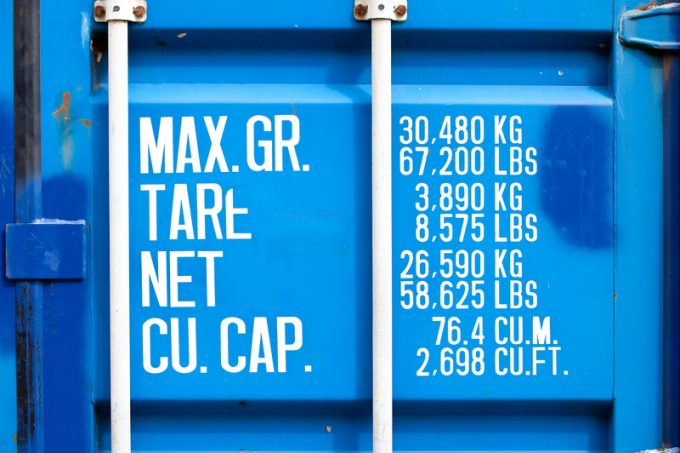Loadstar Podcast | June 2024 | Place your bets: Early peak season or ticking timebomb?
This episode, hosted by Mike King, dives deep into the challenges currently rocking the container ...

Shippers could ease their supply chain logjams, overcome box shortages and insulate themselves from huge demurrage and detention charges by using their own containers or leasing them, according to a report compiled by Container xChange.
“Greater use of shipper-owned containers (SOCs) can empower forwarders and NVOCCs, ...
Keep our news independent, by supporting The Loadstar
Rapid transpacific capacity build-up continues – can USWC ports handle it?
Red Sea crisis has driven most new capacity into extended Asia-Europe trades
Crew forced to abandon ship in latest fire on vessel carrying EVs
Carriers on the hunt for open tonnage again as transpacific rates soar
The Loadstar Podcast | Transport Logistic and Air Cargo Europe 2025
'Now or never' for Kuehne and DHL GF to hit back at DSV
Uncertainty drives Yang Ming fleet boost as focus switches to Asia-Europe trades
Asia-West Africa ULCV deployment opens new markets for carriers
CMA CGM eyeing multi-billion euro investment programme in Algeria
Project cargo: oversized and heavy, posing risks outside the norm for ports
News in Brief Podcast | Week 22 | Trump’s tariff hurdle, ocean schedule reliability, and rate rise
Carrier price hikes hold, driving spot rates higher as space gets scarcer
Longer-term planning needed as noise out of Washington distorts the market
Air cargo players still wary of long-term block space deals – 'a risk on both sides'
Geely splashes out to meet growing demand by chartering its own car-carrier

Comment on this article